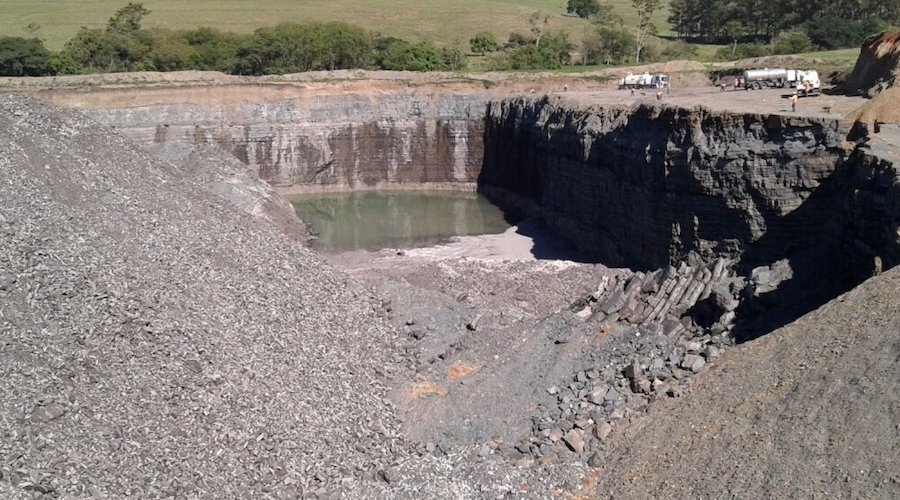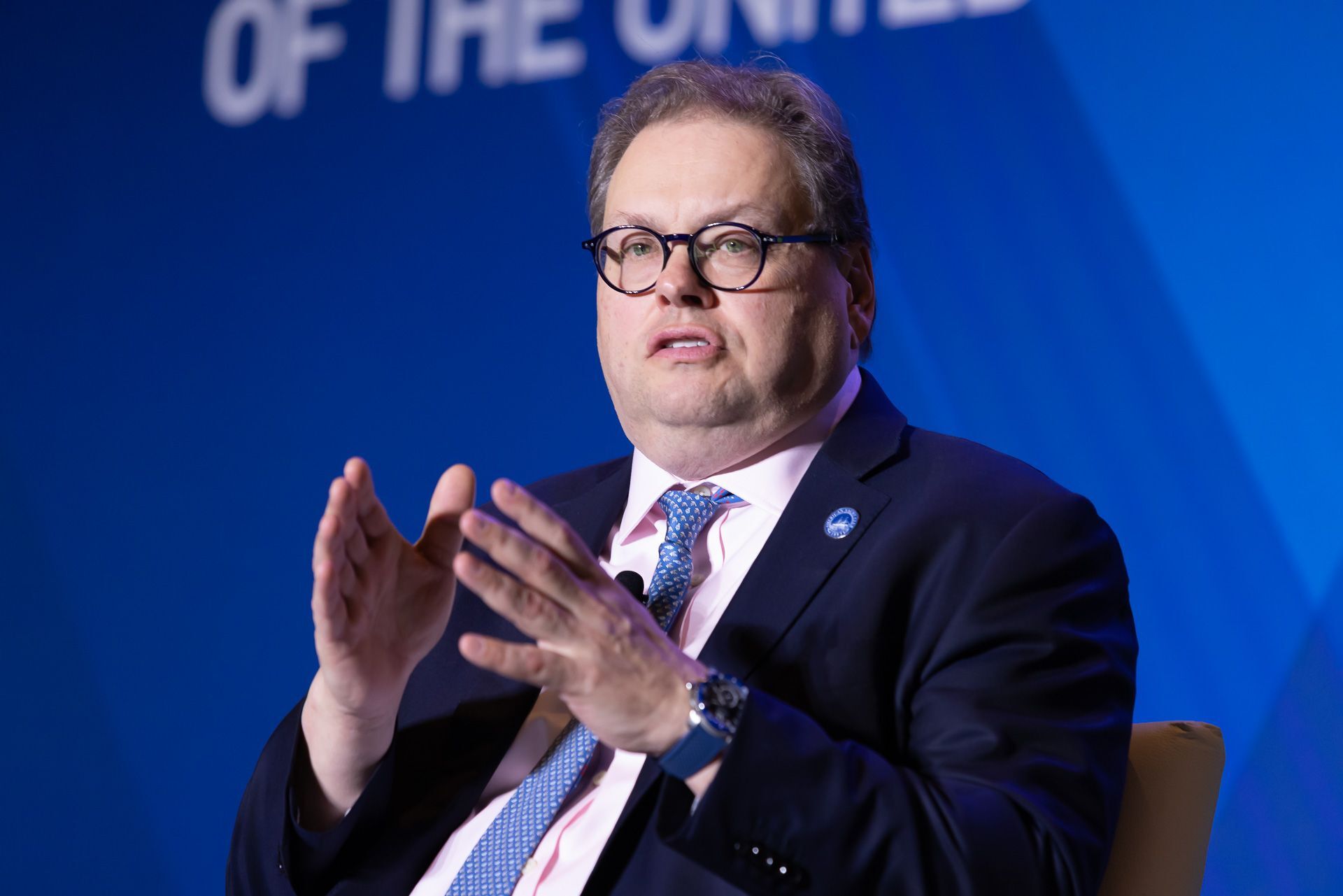Brazil may be responsible for 5% of global annual emissions if all legal mining sites remain active – study

If all of Brazil’s active legal mining sites continue to operate in the coming decades, emissions will total an estimated 2.55 gigatonnes of carbon dioxide equivalent (CO2e) due to loss of vegetation (0.87 Gt CO2eq) and soil (1.68 Gt CO2eq).
In a paper published in the journal Communications Earth & Environment, researchers at the University of São Paulo’s Luiz de Queiroz College of Agriculture estimated the figures and inferred that such an amount of CO2e corresponds to about 5% of the world’s annual greenhouse gas emissions from human activities.
According to the scientists, Brazil has 5.4 million hectares of active legal mines, almost equivalent to Croatia’s landmass. Legal mines are located all over the country, but most are in subtropical and tropical areas and have the largest soil organic carbon stocks, estimated at 1.05 Gt CO2e.
Given this situation, the team led by Tiago Osório Ferreira suggests that post-mine reclamation involving the reconstruction of soils using mine tailings and other residues such as domestic and industrial waste could be the solution to offset emissions. Their calculations show that these anthropic soils, known as Technosols, could potentially offset up to 60% (1 Gt CO2e) of soil-related CO2 emissions.
“When we thought about carbon stocks, the first step was to analyze emissions. Although most previous research focused on the impact of ore processing via the burning of fuel and electricity consumption, for example, open-cast mining in pits is the rule in Brazil and the rest of the world, and the soil is the main terrestrial carbon storage ecosystem. When the soil is removed, organic matter and vegetation change, releasing CO2. We estimated potential emissions from the removal of soil and vegetation at 2.55 GT CO2e,” Francisco Ruiz, lead author of the paper, said in a media statement.
For Ruiz and Osório Ferreira, Technosols can be a productive path to decarbonization as they can become a stable form of carbon storage. In addition to this, they can restore essential ecosystem services such as food and energy production or protection of biodiversity, water quality and nutrient cycling. Properly treated to neutralize toxic substances, they can also support native plants, crops and forests, capturing carbon as organic matter accumulates.
To test the hypothesis that Technosol construction mitigates CO2 emissions from open-cast mining, the researchers estimated carbon stocks in Brazilian mining sites using data available on SIGMINE, an online platform maintained by the National Mining Agency (ANM).
They found that recovery of soil organic stocks with Technosols is climate-dependent, with tropical Technosols showing the greatest potential carbon stock recovery owing to high input of plant-derived carbon and strong potential for carbon stabilization through mineral-organic interactions.
“One of our most important findings is the amount of carbon obtained in Technosols. In some cases, it exceeds the total in natural soils,” Osório Ferreira said. “The studies conducted by Francisco [Ruiz] show that it’s possible, in a very short time, to construct soils that perform even better than natural soils and help mitigate the adverse effects of climate change.”
The researchers stress that some types of mine waste contain potentially toxic elements such as arsenic, mercury, cadmium, copper, and lead and that precautions should be taken to avoid their use. Thus, prior to turning them into Tecnosoils, it is important to apply some remediation techniques such as phytoremediation or the use of plants and associated soil microbes to reduce the levels or toxic effects of contaminants, and soil amendment, which involves the addition of certain materials to improve the soil’s physical and chemical properties.
{{ commodity.name }}
{{ post.title }}
{{ post.date }}

Comments